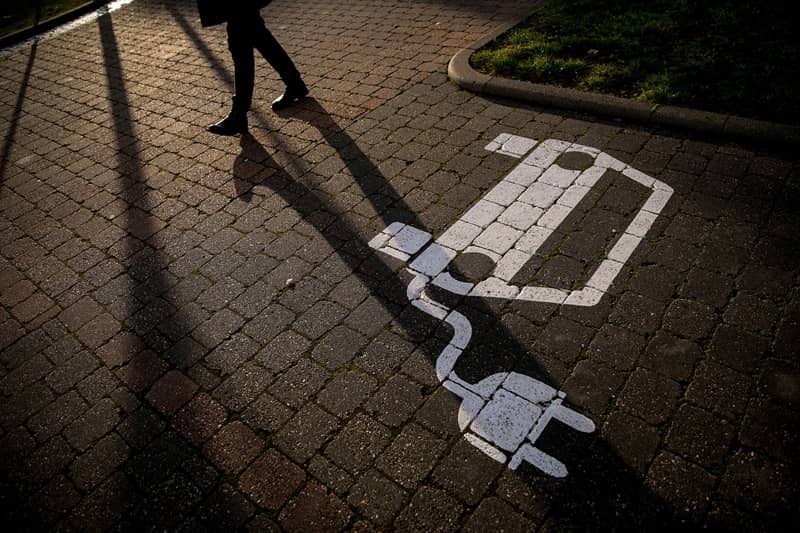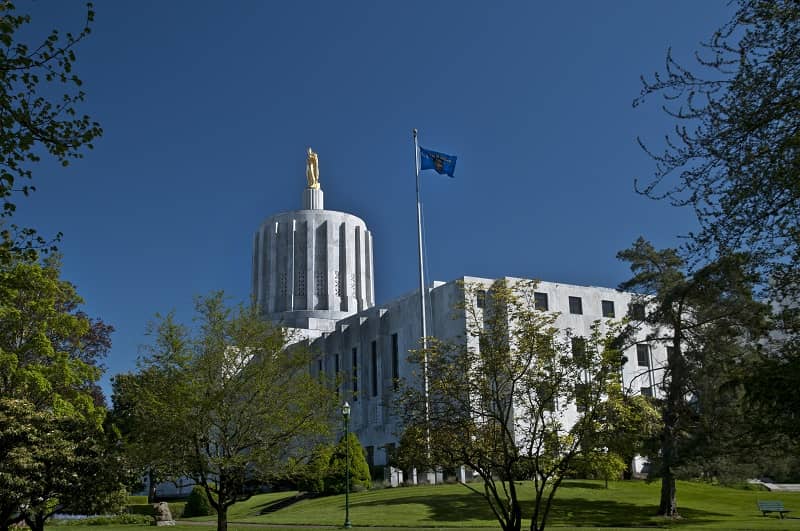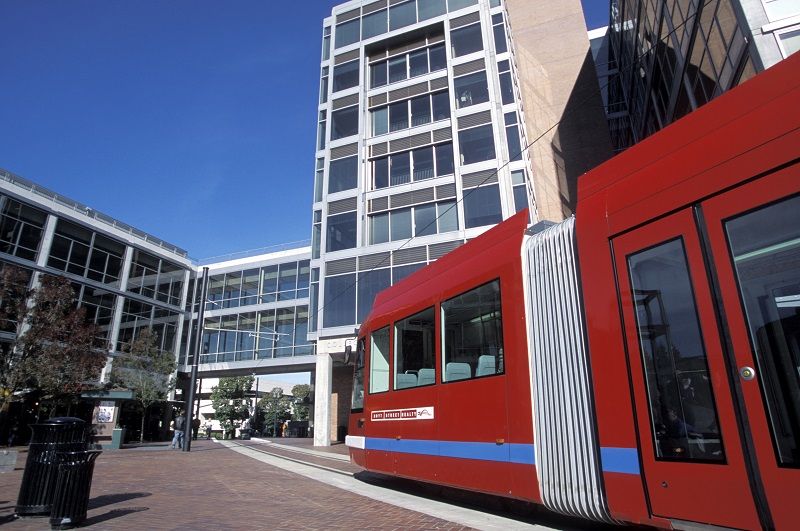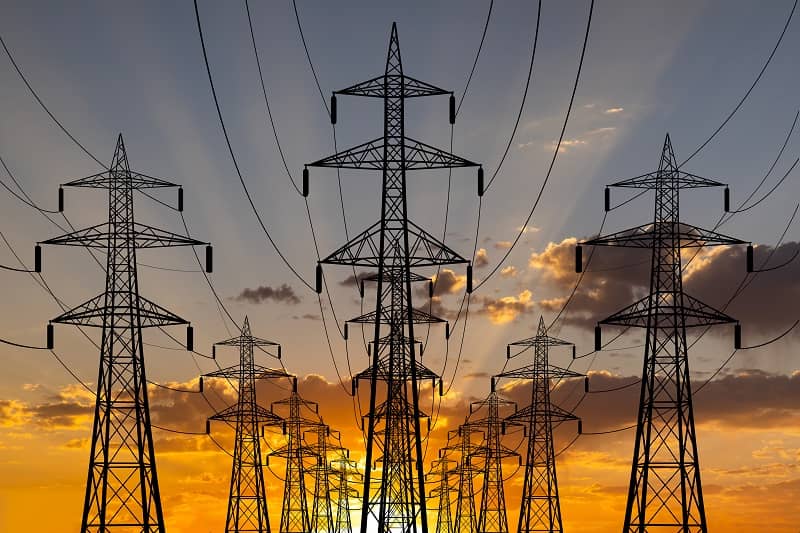Two committees of the Oregon Legislature will hear presentations this week on a legislative proposal to eliminate the use of coal in Oregon’s electricity grid by 2035. Coal is the source of power for 33.4% of Oregon’s electricity consumption.
According to news reports, Portland General Electric and PacifiCorp have agreed to this proposal in order to head off a possible ballot measure that would impose even more onerous requirements if passed in November of this year.
The biggest problem with the proposal is that the two renewable technologies most preferred by radical environmental groups – solar and wind – are intermittent sources that randomly fail to provide any electricity to the grid. During the winter months when utilities must provide the highest levels of reliable power – the so-called “peak periods” – wind and solar combined supply only about 5% of the necessary electricity.
This means that ratepayers will be forced to spend billions subsidizing uneconomic renewable power facilities, and then pay a second time for gas-fired generators that will be necessary to back up the unreliable wind and solar plants.
Utility lobbyists should be ashamed of themselves for agreeing to this deal, and legislators should soundly reject it in the February legislative session. Instead, they should call the bluff of the radical greens and let them put their measures on the ballot. Few Oregonians would willingly support a “freeze in the dark” policy if given a chance to vote.
John A. Charles, Jr. is President and CEO of Cascade Policy Institute, Oregon’s free market public policy research organization.










